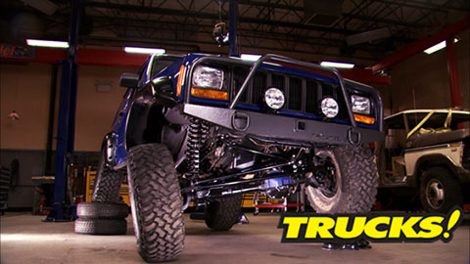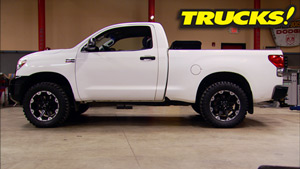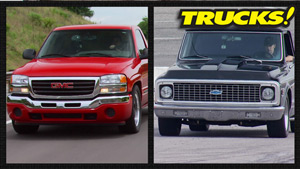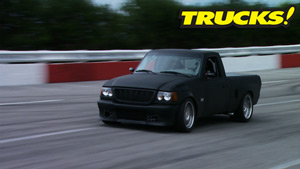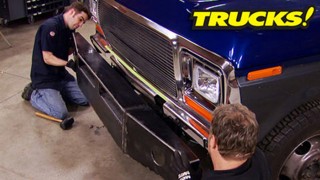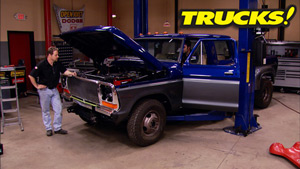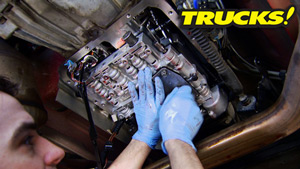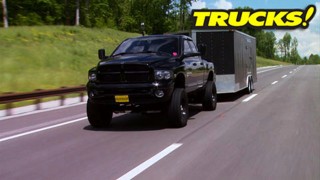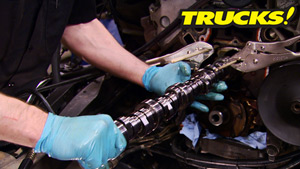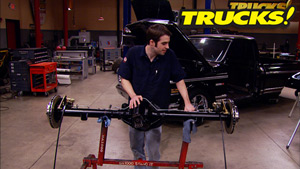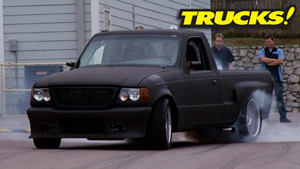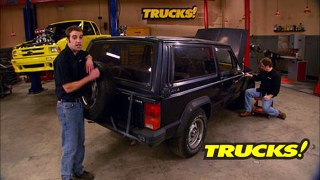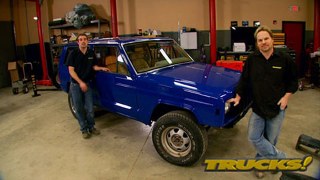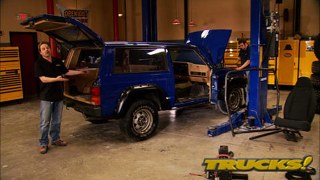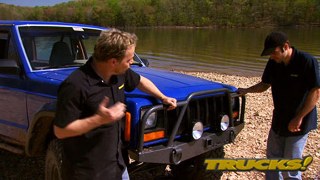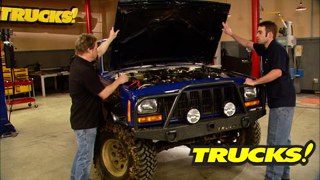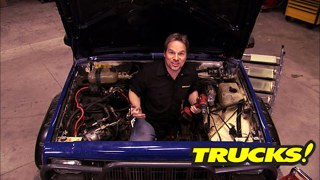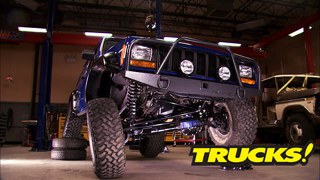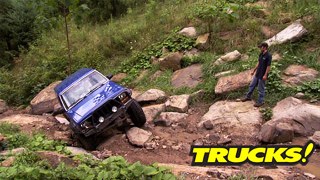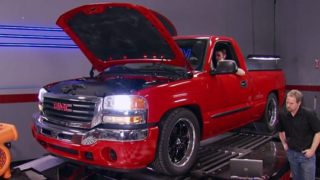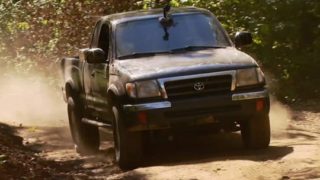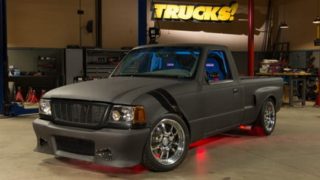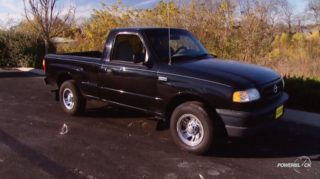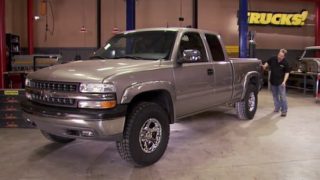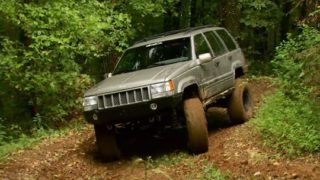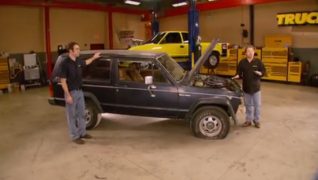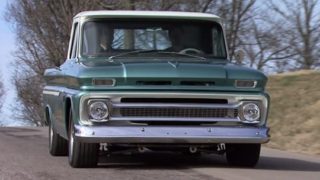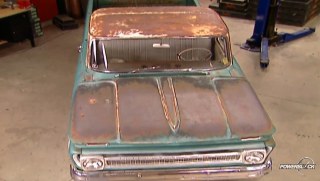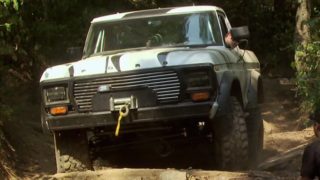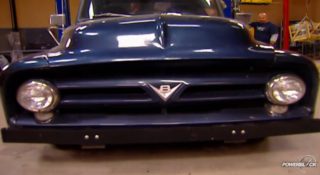More Cheep Cherokee Episodes
Trucks! Builds
Want more content like this?
Join the PowerNation Email NewsletterParts Used In This Episode
Interdynamics Inc.
SUPER SEAL Radiator Stop Leak
O'Reilly Auto Parts
Accessory Belt
O'Reilly Auto Parts
Power Steering hoses high and low side
O'Reilly Auto Parts
Power Steering Pump
O'Reilly Auto Parts
Idler Pulley
O'Reilly Auto Parts
Upper and Lower Radiator Hoses
O'Reilly Auto Parts
Replacement transmission mount
O'Reilly Auto Parts
Wheel Speed Sensor
O'Reilly Auto Parts
Crank Sensor
O'Reilly Auto Parts
Temp, Sender, Oil Pressor Sensor
O'Reilly Auto Parts
Axle U-Joints (2)
Rusty's Off Road
Advance Adapters Slip Yoke Eliminator.
Rusty's Off Road
Diff Guard Skid Plates.
Rusty's Off Road
Drop Pitman Arm 3" (XJ/TJ/YJ)
Rusty's Off Road
Frame Strengthener & Trac-bar Mount Brace.
Rusty's Off Road
Over-the-Knuckle Steering Conversion. The system includes a version of our proven steering conversion, adjustable trac bar with frame mount, weld on axle mounts, weld on sway bar axle mount, and knuckle shim inserts.
Rusty's Off Road
Rusty's Off Road long travel suspension, Kit includes: HD Cross member, Adjustable Long Arm, Adjustable Radius Arm, Frame Reinforcement(inner and outer), Hardware Kit, Flex Joint Wrench.
